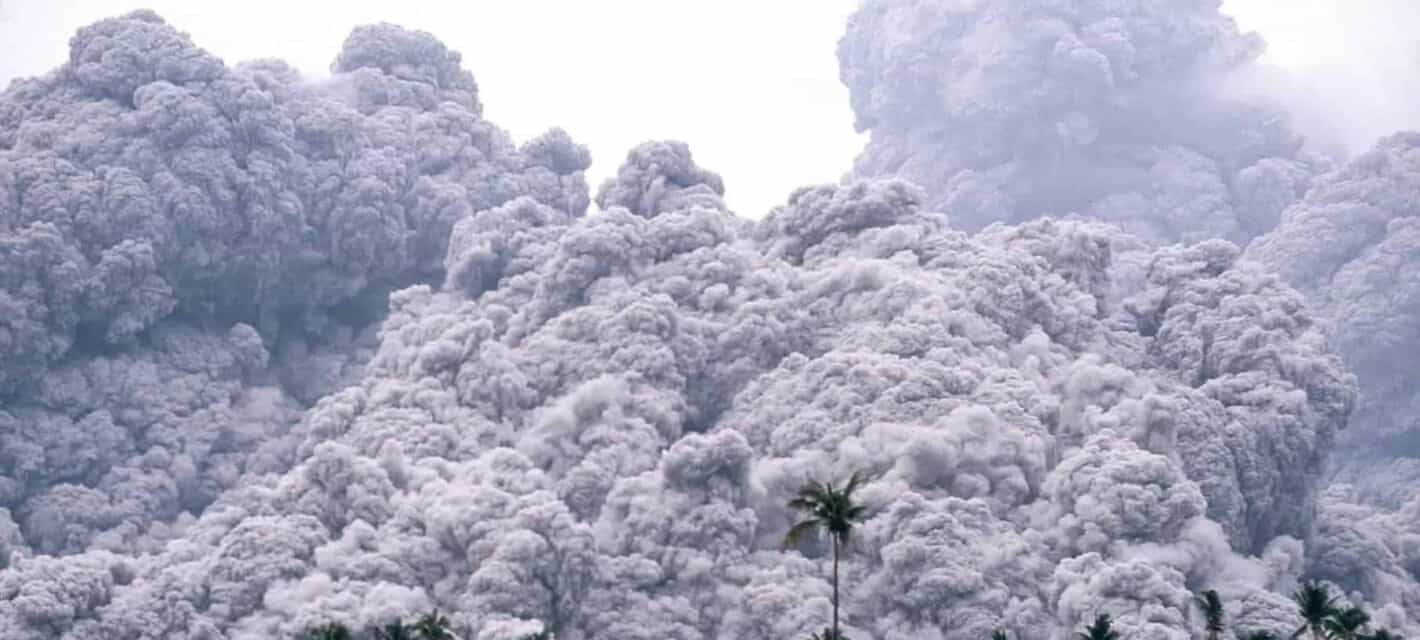Volcanoes are one of the wonders of the world that are both awe-inspiring and terrifying. The sheer amount of power in a volcanic eruption can send ash flying thousands of miles and level entire towns. While most think of lava flows when they think of volcanoes, most of the deaths that have occurred from these modern volcanoes are not from lava but from pyroclastic flows and lahars.
Taal Volcano, Philippines 1911

In January of 1911 seismologists began recording an increase frequency of shocks from the volcano. They recorded 26 shocks on January 27th and then 217 shocks on the 28th. Some of the shocks were severe enough to cause earthquakes in Manila which caused many to be concerned. However, seismologists found that the epicenter of the shocks was the Taal volcano which was 37 miles from Manila, and therefore posed no threat to the city. On January 30th, the people of Manilla were awakened by what they thought was a lighting storm, but in reality it was an ash cloud. The huge cloud crossed itself and created electrical charges which were mistaken for lightning. The eruption from the Taal volcano covered Manilla in ash but the city was mostly unharmed, just as the experts had predicted.
The same could not be said for the villages that were on the same island as the Taal volcano. The island, located in the Taal Lake, is named Volcano Island because of the frequent eruptions occurring there. Taal Lake fills the Taal Caldera which was formed by massive prehistoric eruptions. The seven villages on the island were completely destroyed. There were also several villages on the west shore of the lake that were destroyed as well. Official records put the death toll at 1,335 but most believe the death toll to be much higher.
The 1911 eruption dropped the island deeper into the lake and caused the crater to fill with water, this has led some to believe that the volcano is now dormant. Subsequent eruptions have come from a new epicenter but most experts believe Taal could erupt again. Today it is a tourist destination with villages on the coast of Taal Lake offering tours to the island and up to the ridge of the volcano.

